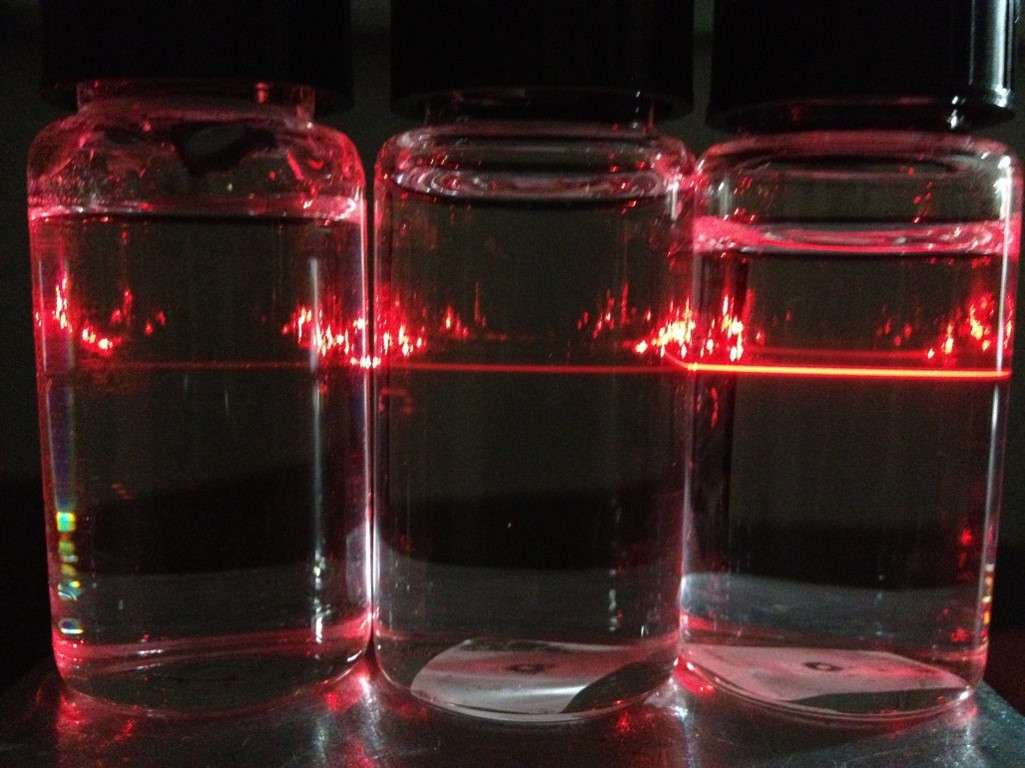Understanding Light Scattering and Batch Mode
On occasion, it is necessary or desirable to make a light scattering measurement of an unfractionated sample. For example, the time-dependent or concentration-dependent properties of a sample might be required. Such measurements are collectively termed batch measurements, and are made by either injecting a sample aliquot directly into the flow cell, or by introducing the sample in a container such as the microCuvette™ into a DAWN® MALS detector.
 The properties that may be determined in a batch light scattering measurement depend on the measurement technique. In multi-angle (static) light scattering, the presence of species with different masses means that the measured quantities are averaged quantities. For example, the molar mass is a weight-averaged molar mass, and the size is averaged over a higher moment of the mass distribution. However, if batch measurements are made at multiple concentrations, it is possible to determine the second virial coefficient A2 to quanitfy the solute-solute or solute-solvent interaction – very useful information in studies such as protein formulation or crystallography.
The properties that may be determined in a batch light scattering measurement depend on the measurement technique. In multi-angle (static) light scattering, the presence of species with different masses means that the measured quantities are averaged quantities. For example, the molar mass is a weight-averaged molar mass, and the size is averaged over a higher moment of the mass distribution. However, if batch measurements are made at multiple concentrations, it is possible to determine the second virial coefficient A2 to quanitfy the solute-solute or solute-solvent interaction – very useful information in studies such as protein formulation or crystallography.
Batch measurements of DLS (Dynamic Light Scattering) determine semi-quantitative aspects of the hydrodynamic radius distribution. Using analysis techniques such as regularization (see ASTRA® software), batch DLS data can reveal the distribution of sizes for broadly polydisperse samples (i.e., over several orders of magnitude), and even differentiate between populations if the size difference is greater than a factor of three to five in radius.
Although chromatography mode is in general the best method for characterizing molar mass and size distributions in a sample, the batch mode is useful in those instances where the macromolecules cannot be easily separated by size exclusion chromatography, or the time or concentration-dependent properties of the sample are of interest. The latter might include studies of phenomena such as protein self-assembly, measurement of concentration-dependent aggregation, etc. Concentration-dependent and time-dependent studies on unfractionated samples may be automated and analyzed using the Calypso® composition-gradient system and CALYPSO™ software. For more details on the theory behind characterization of interactions with MALS, see Understanding CG-MALS.
